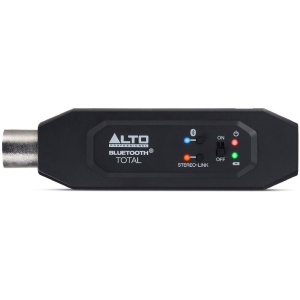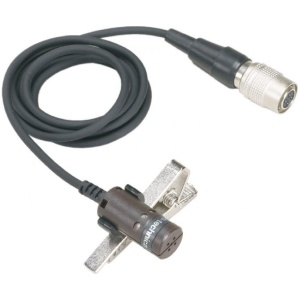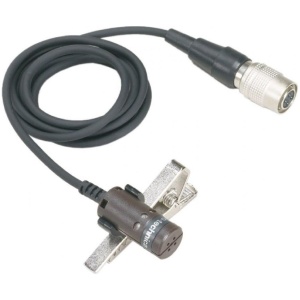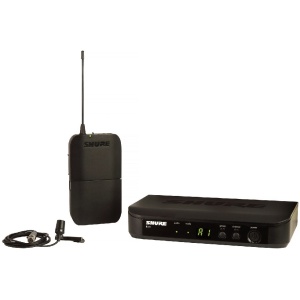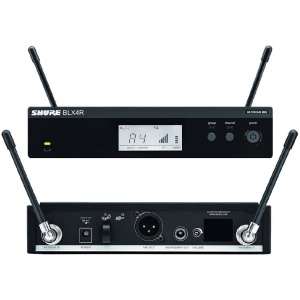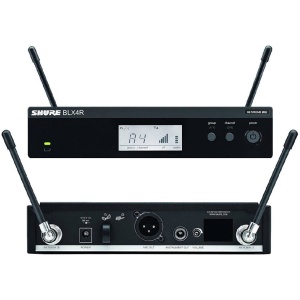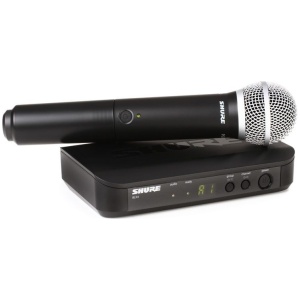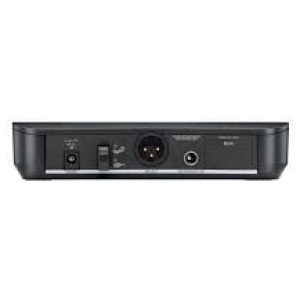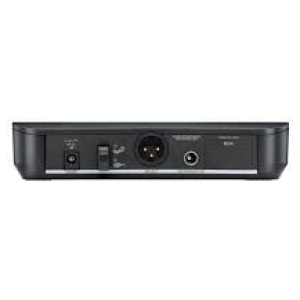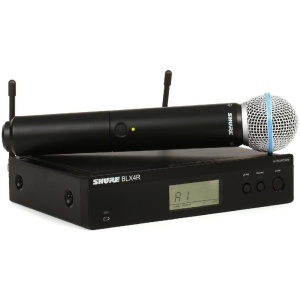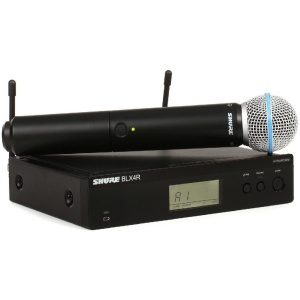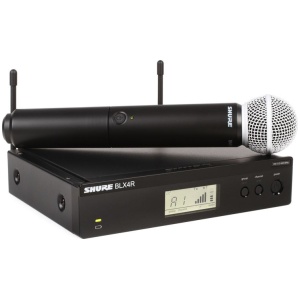Wireless Microphones
Showing 1–12 of 38 results
-
Pro Audio & Recording
Alto Bluetooth Total 2 Bluetooth Receiver to XLR Output for Wireless Media
$69.99 Add to cart -
Pro Audio & Recording
Audio Technica At829Cw Cardioid Lapel Microphone For Wireless System
$79.99 Add to cart -
Pro Audio & Recording
Audio Technica At829Cw Cardioid Lapel Microphone For Wireless System
$99.99 Add to cart -
Lapel Wireless Mics
Shure BLX14/CVL-H9 Wireless Lapel Wireless Microphone System
$399.99 Add to cart -
Headset Wireless Mics
Shure BLX14R/MX53-H10 MX53 Micro Headset Wireless Microphone System
$699.99 Add to cart -
Headset Wireless Mics
Shure BLX14R/MX53-H11 MX53 Micro Headset Wireless Microphone System
$699.99 Add to cart -
Handheld Wireless Mics
Shure BLX24/PG58-H9 Hand Held Wireless Microphone with PG58
$349.99 Add to cart -
Headset Wireless Mics
Shure BLX24/SM58-H10 Hand Held Wireless Microphone with SM58
$399.99 Add to cart -
Headset Wireless Mics
Shure BLX24/SM58-H11 Hand Held Wireless Microphone with SM58
$399.99 Add to cart -
Handheld Wireless Mics
Shure BLX24R/B58-H10 Hand Held Wireless Microphone with Beta 58
$559.99 Add to cart -
Handheld Wireless Mics
Shure BLX24R/B58-H9 Hand Held Wireless Microphone with Beta 58
$559.99 Add to cart -
Handheld Wireless Mics
Shure BLX24R/SM58-H10 Hand Held Wireless Microphone with SM58a
$489.99 Add to cart

